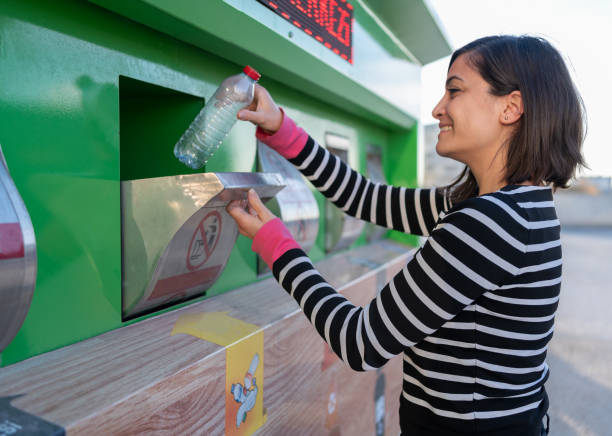
Looking for ways to live more sustainably? Glass recycling is one of the most simple and effective ways to be more green!
Glass is a versatile and sustainable material that can be recycled indefinitely without losing quality. In this article, we’ll provide an overview of glass recycling and share some tips on how you can make a positive impact on the environment by recycling your glass. We’ll cover topics such as the benefits of glass recycling, how glass is recycled, and what you can do to help support the glass recycling process.
Whether you’re a seasoned pro at recycling or new to the game, we’ve got you covered with everything you need to know to live a greener life through glass recycling.
What is glass recycling?
Glass recycling is the process of collecting and processing used glass bottles and jars for reuse. The recycled glass is melted down and formed into new products, such as bottles and jars, or used as a raw material in the production of other products, such as fibreglass insulation or abrasives. Glass is one of the easiest materials to recycle, as it is 100% recyclable and can be recycled indefinitely into new products without losing quality or purity.
The process of glass recycling typically begins with the collection of used glass bottles and jars. These are often collected by recycling companies or local governments through curbside recycling programs or drop-off centres. The collected glass is then sorted by colour and cleaned to remove contaminants such as food residue or labels. The clean glass is then crushed into small pieces, which are melted down and formed into new glass products or used as a raw material in other manufacturing processes.
Glass recycling helps to conserve natural resources, reduce energy use, and reduce the amount of waste sent to landfills. It also helps to reduce greenhouse gas emissions, as the production of new glass from crushed pieces requires less energy than the production of glass from raw materials.
How is glass recycled?
Glass recycling involves collecting and processing used glass bottles and other glass products and melting them down to create new glass products.
The process follows various stages.
Collection: Glass bottles and other glass products are collected from households, businesses, and other locations where they are used. These items are often placed in a designated recycling bin or container and then transported to a recycling facility.
Sorting: At the recycling facility, the collected glass is sorted by colour, which helps to create a more consistent product when it is melted down. Glass is usually sorted into three categories: clear, green, and brown.
Crushing: The sorted glass is then crushed into small pieces, or “cullet,” using a machine called a cullet crusher. This makes it easier to melt the glass down and reduces energy consumption during the melting process.
Melting: The cullet is then heated to a high temperature (around 1,550°C or 2,800°F) in a furnace, where it melts into a molten liquid.
Moulding: The molten glass is then poured into moulds to create new glass products, such as bottles or jars.
Cooling: The newly formed glass products are allowed to cool and solidify. Once they are cool, they are ready to be used again.
How can I get more involved in glass recycling?
Recycling glass at home is a simple and environmentally friendly way to reduce waste and conserve natural resources.
Check with your local council to find out where you can recycle glass in your community. Most areas have dedicated recycling bins or drop-off locations where you can dispose of your glass easily and conveniently.
It’s also a good idea to check your local recycling centre’s policies before bringing in your glass containers. All centres typically accept all kinds of glass, but some may not permit certain colours. To avoid any inconvenience, it is best to confirm the guidelines beforehand.
Make sure to rinse out your glass containers and remove any food or drink residue. Then, let the glass containers dry completely before recycling them.
If you have a large amount of glass to recycle, you may need to transport it to a recycling facility or drop-off location. Make sure to secure the glass in a sturdy container, such as a box or crate, to prevent it from breaking during transport.
Glass recycling is an excellent way to reduce waste, conserve energy, and protect the environment. It is a simple, yet effective way to reduce our environmental footprint and make a positive impact on our planet. By recycling glass, we can conserve natural resources, reduce energy consumption, and reduce the amount of waste that ends up in landfills.
Get recycling today and help ensure that our planet remains a clean and safe place for generations to come!












